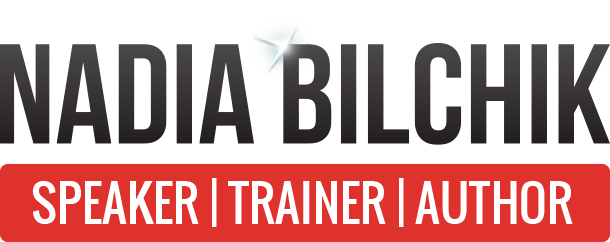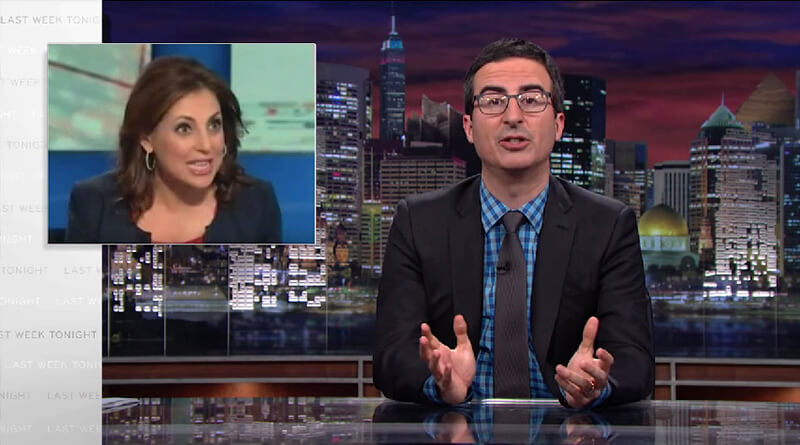Have you ever had the scary experience of changing lanes on the highway and, hopefully, just avoiding side-swiping a vehicle in your “blind spot”?
I’m guessing you are all familiar with that term, but did you know that we also have personal “blind spots”?
Your Blind Spot
Your “blind spot” is defined by psychologists Joseph Luft and Harry Ingham in the often referred to Johari’s window as things that you are not aware of, but other people observe in you. For example, if you use filler words like umm or like, prolifically, or swing on your chair while you are speaking, it is visible to others, but you may be unaware of these behaviors. This unconscious behavior or lack of self-awareness so often inadvertently sabotages us. So how do we decrease our “blind area” or “blind spot”?
In my presentation skills workshops
I always get participants to video each other. You notice things you may not have previously known by seeing yourself as others see you. I often hear people say, I had no idea I was playing with my wedding ring or not looking into the camera. Another excellent way of reducing the gap between what you know about yourself and what others know about you is to welcome feedback, even ask for it. Our natural inclination when receiving feedback is to become defensive. Please see the feedback as the gift it is. I have learned five words that are transformational when receiving feedback of any kind. They are: Thank you, tell me more. These five words will result in getting the kind of information that, while not always easy to hear, reduces your “blind spot” in an immediately actionable way.
Be mindful and present.
Be mindful and present in each interaction to increase our ability to see ourselves as others do. Being aware of the nuances of our behavior and communication styles can help us identify areas of opportunity for improvement, ultimately resulting in greater self-awareness and will bridge the gap between self-perception and how others see us.
These are all great strategies for reducing our blind spots and increasing our self-awareness. Another helpful approach is to engage in self-reflection and introspection. We can gain insight into our behaviors and motivations by reflecting on our thoughts, feelings, and actions. This can be done through journaling, meditation, or other mindfulness practices.
Seek out diverse perspectives and experiences.
Exposing ourselves to different people, cultures, and ways of thinking can challenge our assumptions and broaden our understanding of the world. This can help us recognize our biases and blind spots and work to overcome them.
In addition, it’s essential to cultivate a growth mindset and embrace the idea that we are constantly evolving and learning. By adopting a continuous improvement mindset, we can be more open to feedback and more willing to make changes that will help us grow and develop.
Overall, reducing our blind spot requires self-reflection, seeking feedback, and cultivating a growth mindset. By being intentional and mindful in our approach, we can increase our self-awareness and become more effective communicators, leaders, and individuals.



